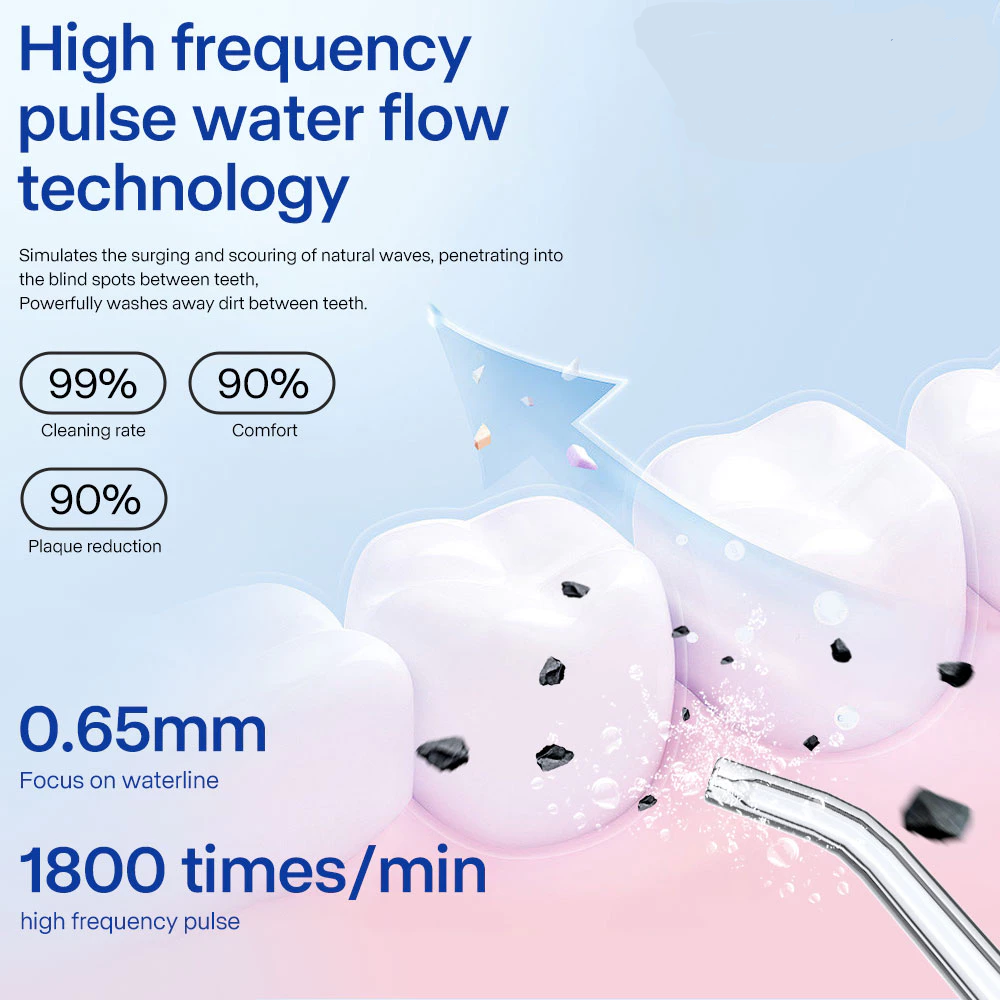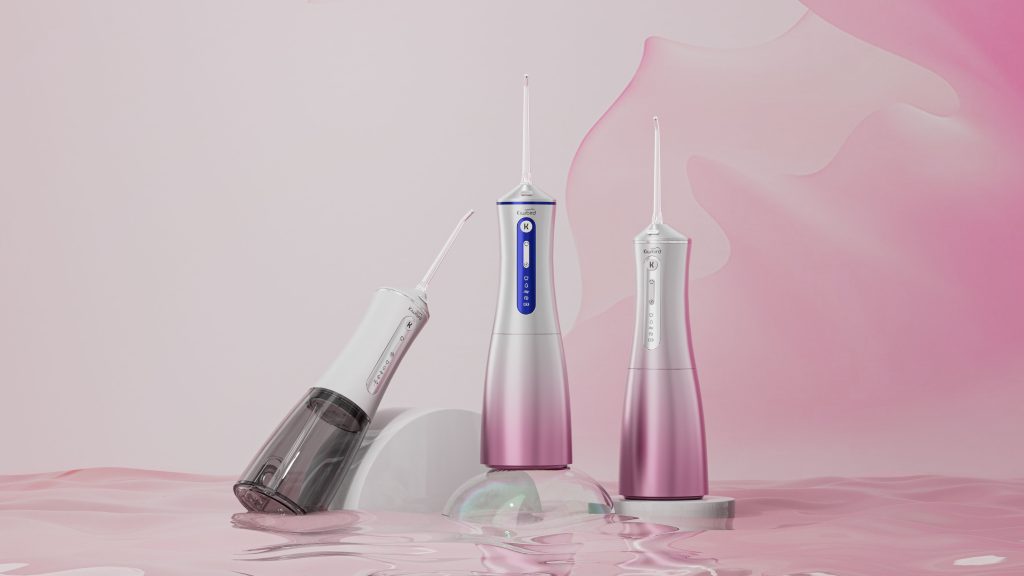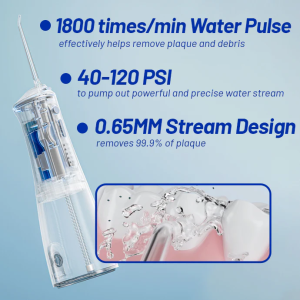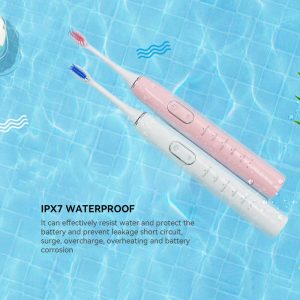In both home and medical settings, irrigators have become essential tools for improving hygiene and cleaning efficiency. However, when Nozzle Clogs and Water Leakage occur, they not only compromise performance but may also present safety risks. This leads manufacturers and users alike to ask: can an irrigator still be reliably used after such issues arise? In this blog, we explore the root causes, impacts, and solutions to these common problems.
Understanding Nozzle Clogs and Water Leakage
To ensure optimal performance, an irrigator relies on smooth fluid flow and tight sealing. Nozzle Clogs typically occur when mineral buildup or debris blocks the spray outlet, resulting in inconsistent pressure. At the same time, Water Leakage often indicates a failure in the sealing system, which can lead to dripping or internal moisture damage. When these two issues occur together, the device’s cleaning ability is compromised, and its lifespan is shortened.
Causes Behind Nozzle Clogging
Common causes of nozzle blockages include:
- Mineral and debris buildup: Hard water and impurities accumulate over time, forming blockages.
- Design flaws: Inadequate nozzle geometry can lead to uneven fluid flow and sediment deposits.
- Poor maintenance: Infrequent cleaning allows buildup to persist, reducing efficiency.
Preventing nozzle clogs involves redesigning components for better flow, using anti-scale materials, and implementing regular maintenance protocols.
Hidden Risks of Water Leakage
Water leakage typically stems from aging seals, poor material choices, or environmental wear. These leaks can lead to:
- Component damage: Internal circuitry and sensors can fail if exposed to moisture.
- User safety concerns: Leaks in electrical devices pose a significant hazard.
- Higher repair costs: Once leakage starts, it may necessitate extensive part replacements.
Improving sealing technologies and materials is critical to avoiding these long-term consequences.
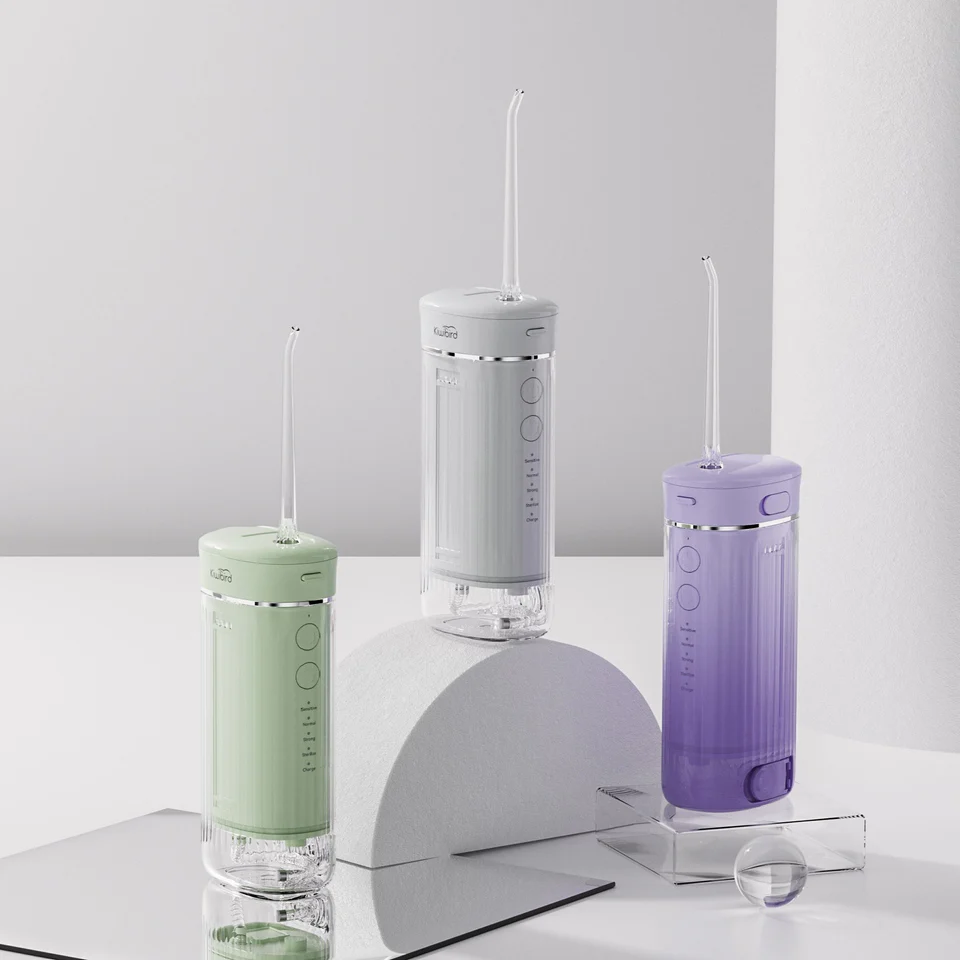
The Link Between Nozzle Clogs and Water Leakage
In real-world applications, Nozzle Clogs and Water Leakage often go hand in hand:
- Poor sealing increases clog risk: Weak seals may allow water to pool, encouraging buildup.
- Clogs cause internal pressure imbalances: This places stress on seals, increasing the likelihood of leakage.
- Cycle of deterioration: One issue often triggers the other, leading to faster system failure.
Solving one problem without addressing the other may only offer a temporary fix. A system-level design approach is required.
Quick Fixes and Long-Term Prevention
To tackle these issues, B2B manufacturers can adopt a combination of reactive and preventive strategies:
- Routine maintenance: Schedule regular cleaning using specialized agents to remove debris and prevent buildup.
- Design upgrades: Optimize nozzle shape and use leak-resistant seals to enhance durability.
- Quality components: Source certified, high-durability seals and corrosion-resistant parts.
- Smart monitoring: Integrate sensors to detect flow irregularities and leaks early.
- User training: Educate end-users on maintenance best practices to minimize misuse.
- Responsive service: Ensure after-sales support teams can respond quickly and provide replacement parts when needed.
This dual-track approach reduces downtime and enhances product longevity.
Future Trends and Innovation Paths
Looking ahead, manufacturers can explore innovations that reduce clogging and leakage:
- IoT integration: Real-time monitoring for fluid flow, pressure, and potential leaks.
- Next-gen materials: Development of anti-scale, high-tolerance materials to reduce degradation.
- Modular design: Create replaceable nozzle and seal modules to simplify maintenance.
- Feedback loops: Use customer data and insights to drive iterative product improvement.
Proactive improvement is key to standing out in a competitive, quality-driven B2B market.
Conclusion
The combination of Nozzle Clogs and Water Leakage can quickly degrade an irrigator’s performance, safety, and reliability. By understanding their causes and interplay, and implementing smart design and maintenance practices, manufacturers can offer durable, high-performance solutions. Innovation and long-term support remain the foundation for building customer trust and product competitiveness.
Interested in customized solutions or design upgrades? Contact us today to explore how we can support your manufacturing goals.
